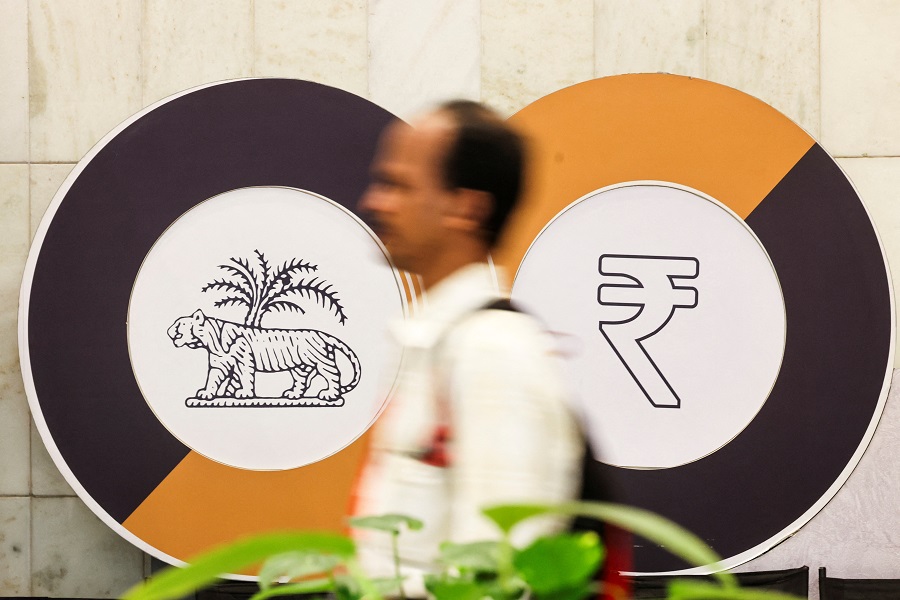India's financial sector exposed to risks of low-carbon transition: Study

Follow us Now on Telegram ! Get daily 10 - 12 important updates on Business, Finance and Investment. Join our Telegram Channel
India's financial sector is highly exposed to the risks of a low-carbon transition, but only one in six finance professionals have experience in identifying and managing those risks, says a new paper published in a leading peer-reviewed journal.
In 2021, Prime Minister Narendra Modi committed India to reach net-zero emissions by 2070. The shift to a zero-carbon economy will reduce the impacts of climate change, but undermine the profitability of polluting firms and create stranded assets.
However, the study found that only four of the 10 major financial institutions surveyed collect information on environmental, social, and governance (ESG) risks. Moreover, these firms do not systematically use that information to make financial decisions.
Further, high-carbon industries -- power generation, chemicals, iron and steel, and aviation -- account for 10 per cent of outstanding debt to Indian financial institutions. These industries are also heavily indebted, and therefore have less financial capacity to respond to shocks and stresses.
Coal currently accounts for 44 per cent of India's primary energy and 70 per cent of its power generation.
The country's coal-fired power plants have an average age of 13 years and India has 91GW of new proposed coal capacity in the works, second only to China.
According to the Draft National Electricity Plan 2022, coal's share in the electricity generation mix decreases to 50 per cent by 2030 compared to the current contribution of 70 per cent.
Achieving India's climate targets demands that many of the planned coal plants are not built.
For an energy system consistent with 1.5 degrees Celsius requires that unabated coal plants are all retired by 2040, even if they are still technically viable.
Yet, the new analysis finds that only around one-sixth of lending to the electricity sector is to pure-play renewables.
"The financial decisions of Indian banks and institutional investors are locking the country into a more polluting, more expensive energy supply. For example, we find that only 17.5 per cent of lending to the power sector has been to pure-play renewables. Consequently, India has much higher-carbon electricity than the world average, despite its vast potential for cheap solar, wind and small hydropower. Shifting resources towards these renewables would deliver huge benefits: cheaper electricity, cleaner air and fewer emissions," said Sarah Colenbrander, Director (Climate and Sustainability), ODI.
The study comes at the heels of India launching its first-ever sovereign green bonds auction. The RBI will auction five-year and 10-year green bonds of Rs 40 billion each on January 25 and February 9.
Mapping India's policy commitments against these lending and investment patterns reveals that India's financial sector is heavily exposed to potential transition risks.
"The Reserve Bank of India (RBI) has recognised the transition risks exposure to the Indian banking sector and set the direction for regulated entities on integrating climate risks in their stress tests and disclosures through its July 2022 discussion paper. Financial institutions will need to ramp up their capacities relatively quickly as the RBI-led momentum further picks up. The other side of risks is the tremendous opportunity to move finance towards sustainable assets and activities. Robust, internationally interoperable taxonomies play a huge role in guiding finance credibly. The Ministry of Finance's draft taxonomy developed in 2021 is awaiting its release. It would add a great boost to realise the huge potential for green finance in India," said Neha Kumar, Head, South Asia Programmes, Climate Bonds Initiative.
The study also takes a look at the value of outstanding corporate bonds in sectors facing high transition risks. These sectors are home to many of the blue-chip companies that dominate India's debt markets.












 320-x-100_uti_gold.jpg" alt="Advertisement">
320-x-100_uti_gold.jpg" alt="Advertisement">












